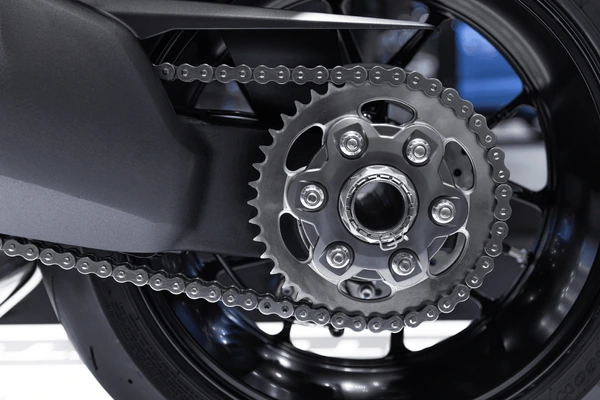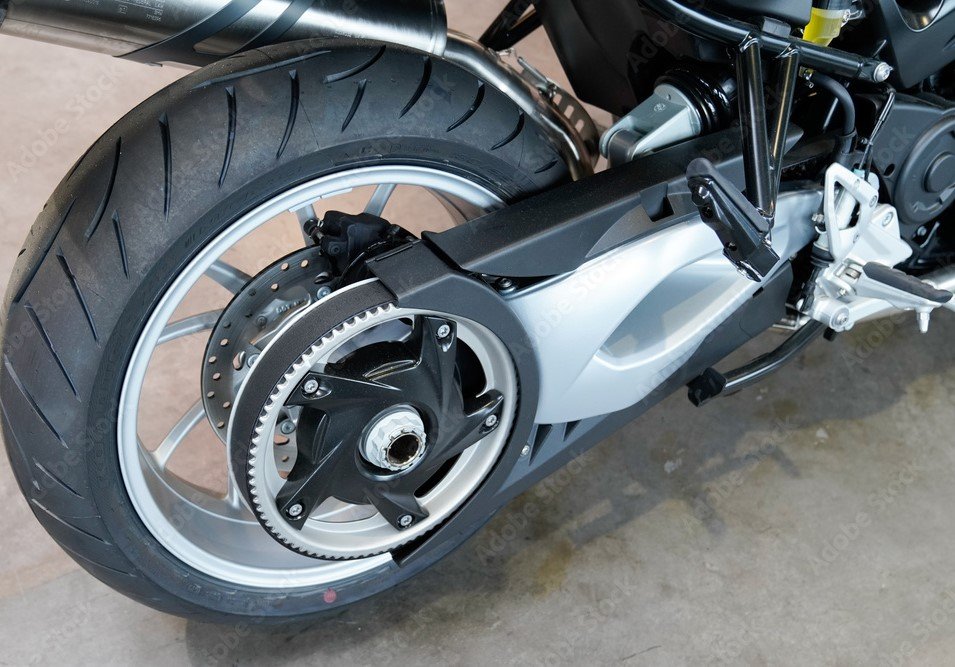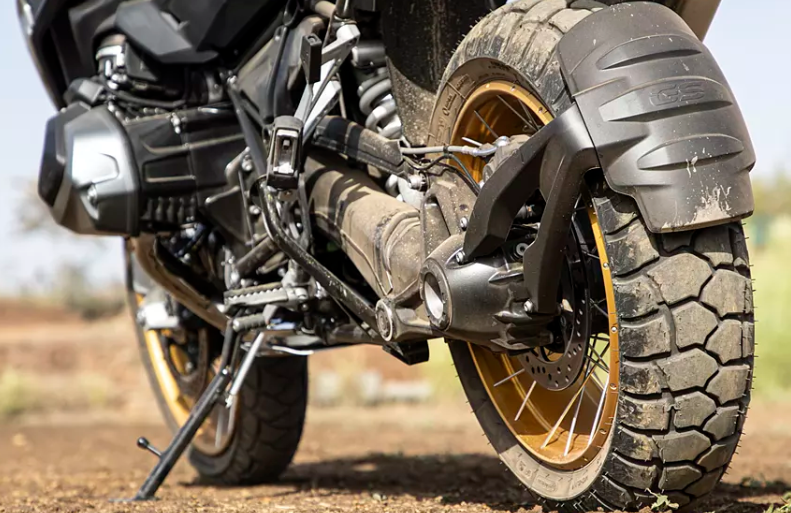Riding a motorcycle is an exhilarating experience, especially when you hit an open stretch of road and feel the rush through a series of bends. Ever wonder what makes motorcycles so fun to ride? While the engine certainly takes much of the credit, the drivetrain is what transfers that raw power to the rear wheel, translating it into speed and control.
In most motorcycles, you’ll see a pair of sprockets connected by a chain, driving the rear wheel. However, that’s just one of three possible drivetrain systems used in motorcycles today. There are also belt and shaft drive systems. But which one performs best? In this post, we’ll dive deep into all three drive systems and explore how they stack up in different scenarios, looking at their pros and cons.
The Chain Drive

The overwhelming majority of motorcycles on the road use a chain drive system to transmit power to the rear wheel. This system relies on two sprockets: one connected to the transmission output shaft and the other mounted on the rear wheel. These sprockets vary in size based on the engine’s power and torque output. For example, the KTM Duke 390 uses a larger rear wheel sprocket compared to the Royal Enfield Interceptor 650.
Why is Chain Drive So Popular?
Chain drive is often chosen for its efficiency in power transmission. With only about 1-4% transmission loss, it’s significantly better than belt drives in this regard. Here are some reasons chain drives are used in most motorcycles:
- Cost-effective: Researching, manufacturing, and maintaining chain drives is relatively cheap.
- Durable: They can handle high power and high speeds without much fuss.
- Versatile: Whether you’re riding in wet, dry, or dirty conditions, chain drives perform well.
- Simple repairs: Chains and sprockets are easy to replace when worn.
However, it’s not all perfect. Chain drives have a few downsides:
- Frequent maintenance: Chains require regular cleaning, lubrication, and adjustment to ensure optimal performance.
- Heavier feel: You might notice slight fluctuations in speed while riding.
- Alignment: The sprockets must be perfectly aligned to prevent power loss.
- Shorter lifespan: Chains generally have a lower service life compared to belt and shaft drives.
The Belt Drive

While not as common as chain drives, belt drives occupy a distant second place in popularity. You’ll often find them on cruiser motorcycles, with Harley-Davidson being a prime example. Instead of a chain, a belt with teeth connects two pulleys—one on the engine’s output shaft and the other on the rear wheel.
Why Choose Belt Drive?
Belt drives offer several appealing benefits over chain systems:
- Low maintenance: They don’t require lubrication or frequent cleaning.
- Smoother ride: Belt drives deliver a smoother, quieter ride compared to chains, with fewer jerks.
- Longer lifespan: A well-maintained belt drive can last over 100,000 kilometers.
However, there are some downsides:
- Higher cost: Belt drives are more expensive to manufacture.
- Less efficient: Power loss ranges from 9-15%, higher than that of chain drives.
- Costly repairs: While they require less regular maintenance, when something does break, repairs can be more expensive than a chain drive system.
The Shaft Drive

The shaft drive is the most expensive and robust of the three systems. It’s commonly found on larger, torque-heavy motorcycles like adventure tourers and sport-touring models. This system uses a shaft, connected to the gearbox via a universal joint, to transfer power to the rear wheel through a bevel gear, which changes the direction of the shaft’s rotation.
Why Opt for a Shaft Drive?
Shaft drives offer exceptional reliability:
- Durability: These systems are built to last, often outliving the motorcycle itself.
- Low maintenance: Since the entire system is bathed in oil and sealed, it rarely needs servicing.
- Ideal for touring: Shaft drives are perfect for long-distance or adventure riding, where durability and minimal breakdowns are key.
Despite the benefits, there are notable drawbacks:
- Heavy: Shaft drives add significant weight to the motorcycle, making them unsuitable for high-performance, super-sport models where weight-saving is critical.
- Power loss: Shaft drives are the least efficient of the three systems, losing between 20-25% of the engine’s power during transmission. This inefficiency makes them a poor choice for performance-oriented bikes where every bit of horsepower counts.
Each of these drive systems—chain, belt, and shaft—has its place in the world of motorcycling, and the best one for you depends on the type of riding you do. Chain drives dominate the market due to their cost-effectiveness and versatility. Belt drives offer a cleaner, smoother experience but come with higher costs. Shaft drives are the pinnacle of durability and low maintenance but are heavy and inefficient.
Whether you’re a weekend rider or a long-distance tourer, understanding these systems helps you make informed decisions about your motorcycle. If you have any questions, feel free to ask in the comments. Don’t forget to share this article with fellow riders who might find it useful!

